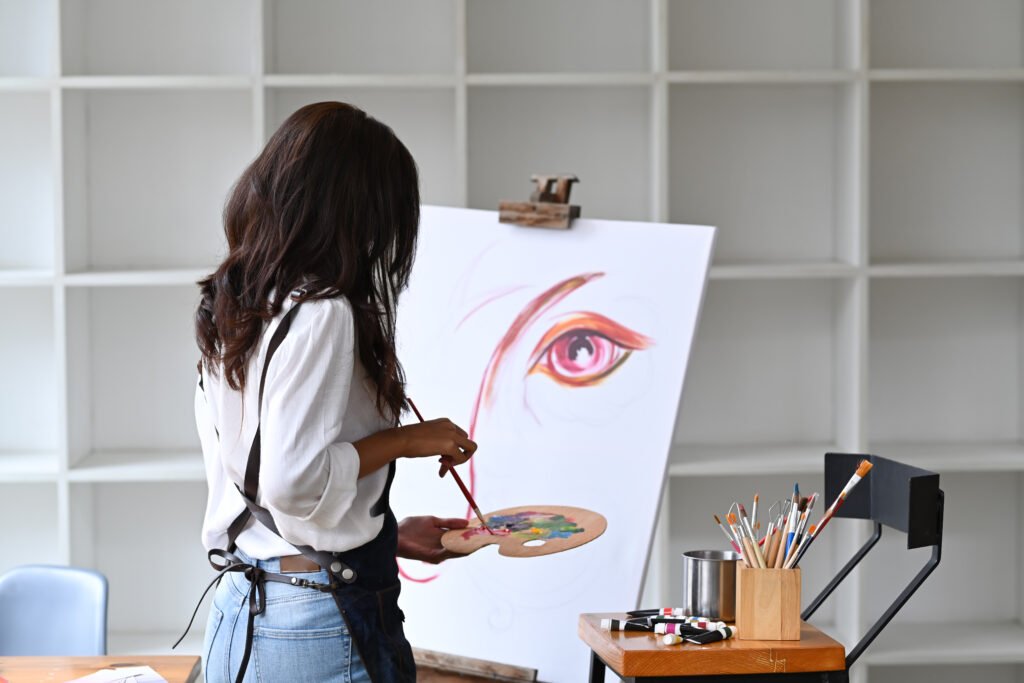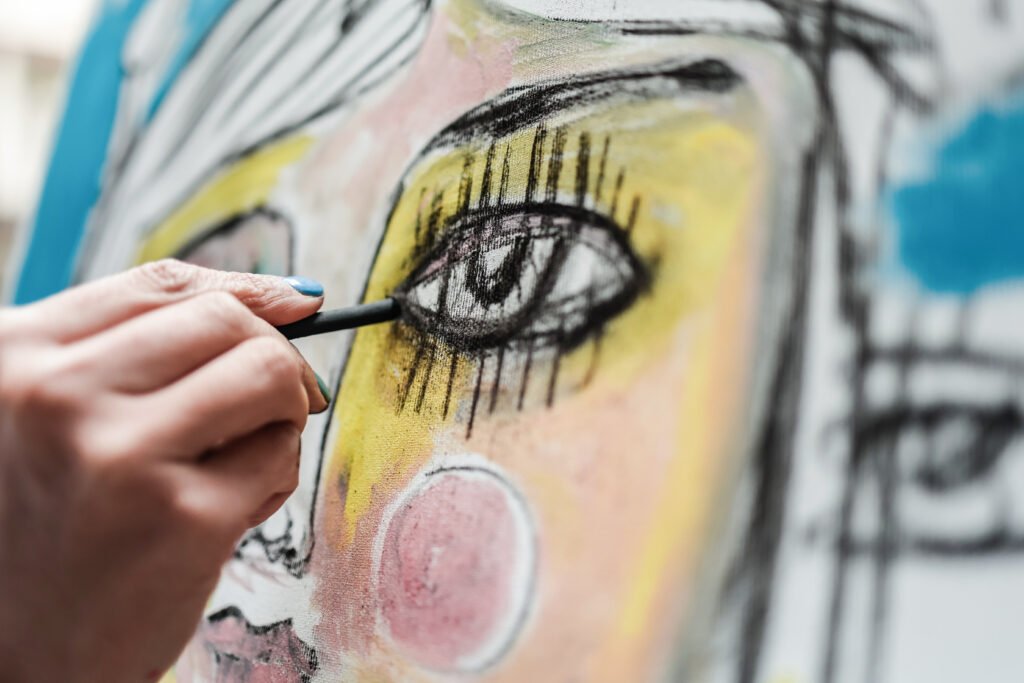Contemporary art breaks with the idea that art should be merely pleasant or easily understandable. On the contrary, it asserts itself as a space for discomfort and ambiguity. By challenging the audience’s expectations, this form of art demands a more attentive gaze, a critical stance, and a willingness to face the unexpected. This occurs because, in today’s world, reality itself is complex, full of contradictions and uncertainties.
Thus, the aesthetic experience of contemporary art is not limited to passive contemplation. It provokes, questions, and often disturbs. This approach expands the boundaries of what we understand as art by incorporating tensions, silences, and conflicts. Contemporary aesthetics embraces a multiplicity of meanings and invites the viewer to engage with what lacks easy answers.
Discomfort as a Critical Tool in Contemporary Art
Discomfort is a powerful tool for many contemporary artists. By creating works that evoke estrangement or unease, they open space to question social, political, and cultural norms. This strategy prevents the audience from settling into simplistic interpretations and forces a deeper dialogue with the issues presented.
Examples of this approach can be found in works exploring themes such as violence, identity, exclusion, and traumatic memory. Through impactful images, unsettling sounds, or disconcerting spaces, art provokes reactions that go beyond traditional aesthetics. This reaction is necessary to reveal hidden layers of reality, often ignored or silenced.

Moreover, discomfort encourages reflection on the very role of art and the spectator. It challenges the idea that art exists merely to beautify spaces or entertain. Instead, contemporary art presents itself as a practice that can unsettle, mobilize, and even transform. This critical potency is one of the defining marks of 21st-century art.
Ambiguity and Multiple Interpretations: Opening Space for Dialogue
Another fundamental aspect of contemporary aesthetics is ambiguity. By avoiding closed answers and linear narratives, contemporary art leaves room for multiple interpretations. This quality enriches the experience, allowing each viewer to find their own meaning based on their perspective, context, and personal history.
This openness also fosters dialogue among diverse audiences and cultures. Ambiguous works do not impose a single reading but invite exchange, debate, and collective reflection. Thus, art becomes a field where diverse ideas can coexist and confront one another, broadening the horizon of what is possible to think and feel.
Ambiguity is often connected to formal experimentation. The blending of languages, deconstruction of signs, and incorporation of contradictory elements create a plural aesthetic experience. This complexity makes contemporary art a dynamic space that constantly renews itself and resists stagnation.
Finally, by compelling us to face discomfort and ambiguity, contemporary art acts as a mirror of today’s society. It reflects the tensions, conflicts, and uncertainties that mark our time while proposing new ways of seeing, thinking, and feeling. This capacity to provoke and open new paths makes it an essential language for understanding the contemporary world.



